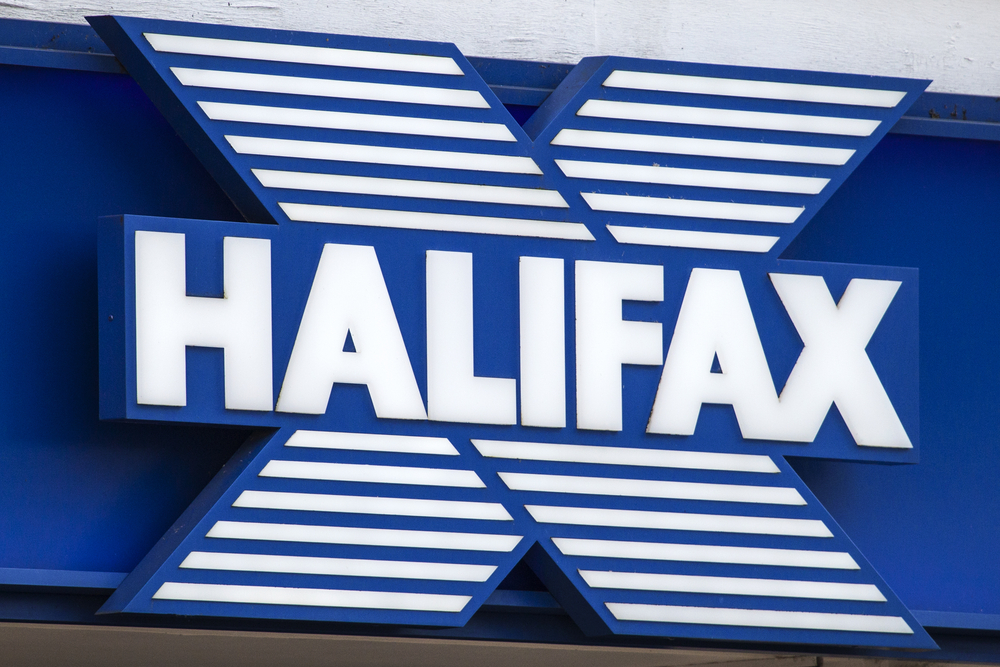
The arrears environment for residential mortgages continued to improve – albeit slightly – with a 0.8% drop in the arrears rate relative to second quarter 2022. This is according to the latest data from Pepper Advantage which also reveals that the arrears rate for buy-to-let (BTL) mortgages continued to rise, increasing nearly 10% quarter-on-quarter.
The percentage of UK mortgages in arrears grew by only 0.1% in Q3 2024. This is the lowest recorded since Q3 2022. For the second quarter in a row, the improvement in the UK’s overall arrears rate was driven by residential mortgages, which saw a decline of 0.8% following the 0.6% drop seen in the Q2.
However, the Q3 arrears rate for buy-to-let mortgages grew 9.7% compared to second quarter. This follows significant increases in Q2 and Q1.
The number of new BTL mortgages dropped 1.6% in Q3 relative to Q2 and 10.6% compared to this time last year.
In the residential market, new originations in the third quarter dropped 7.6% compared to the high seen in Q2 2024 (which grew a substantial 20.9% over Q1), continuing the overall better performance seen in 2024 over 2023.
Despite falling originations, the outlook for the final quarter remains strong, with falling interest rates and increased activity in the housing market leading to more demand from buyers.
Commenting on the figures Pepper Advantage managing director Aaron Milburn said: “Our latest data shows that 2024 has been a year of improvement for the UK mortgage market. The overall arrears rate for residential mortgages appears to have plateaued, with some regions such as the South West recording a pronounced decline in the rate of arrears. Alongside the encouraging arrears data, the number of new originations remains solid, with falling interest rates starting to have an impact.”
He added: “Looking to 2025, the data also shows headwinds clearly remain and the signs of structural challenges in the buy-to-let market are cause for concern with a knock-on effect for renters. Private landlords with BTL mortgages continue to exit the market as they grabble with the entrenched higher rate environment and the potential for additional taxes, increasing supply-side pressures and pushing up rental prices.
“Time will tell whether this divergence develops into a wider trend, but we’ll be following the data closely as we continue to support borrowers through difficult circumstances.”



